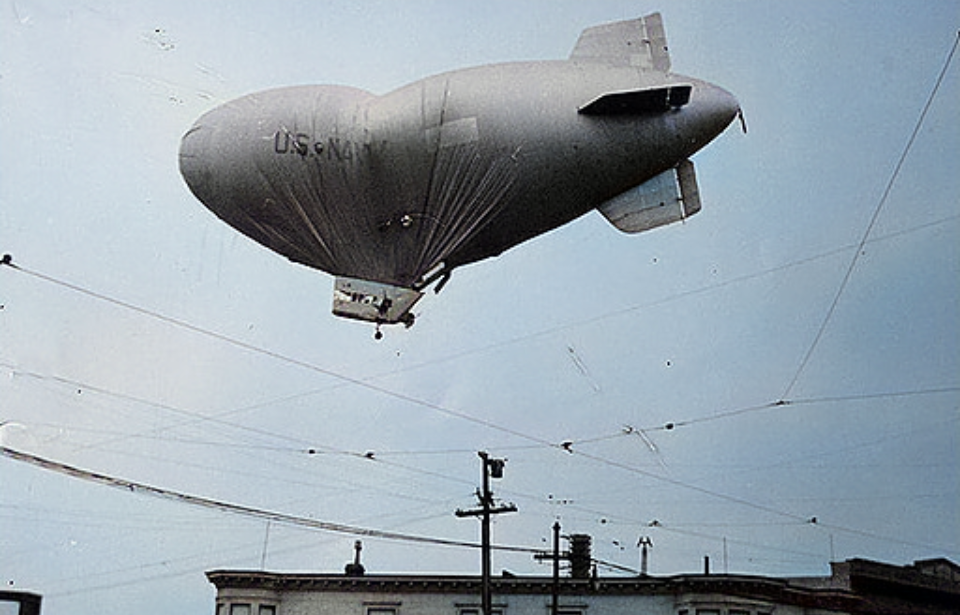In contemporary settings, blimps are seen hovering above college football games, a practice closely associated with Goodyear’s tradition of advertising during major sporting events. Yet, if we turn back the clock to the 1940s, their significance took on an entirely distinct and crucial role.
In that bygone era, these colossal airships played a part in safeguarding the United States following the Japanese attack on Pearl Harbor. Concurrently, they became enigmatic entities entangled in one of the enduring unsolved mysteries of the Second World War.
How did the US military use blimps during World War II?
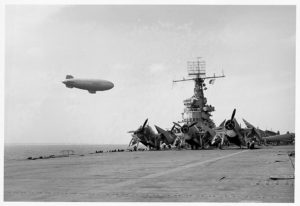
Ernest Cody and Charles Adams take to the skies
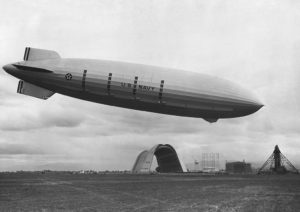
Two men tasked with piloting the blimps during these coastal patrols were Ensign Charles Ellis Adams and Lt. Ernest DeWitt Cody. They both had impressive resumes. Adams had served with the Navy for over a decade and had recently been commissioned as an officer, while Cody was a graduate of the US Naval Academy.
Interestingly, Adams had already survived one famous blimp crash. Prior to his assignment to the new reconnaissance blimps, he’d served as a crew member onboard the USS Macon (ZRS-5). In February 1935, Macon crashed into Monterey Bay during a storm. Amazingly, only two crewmen died in the accident.
A terrible situation arises
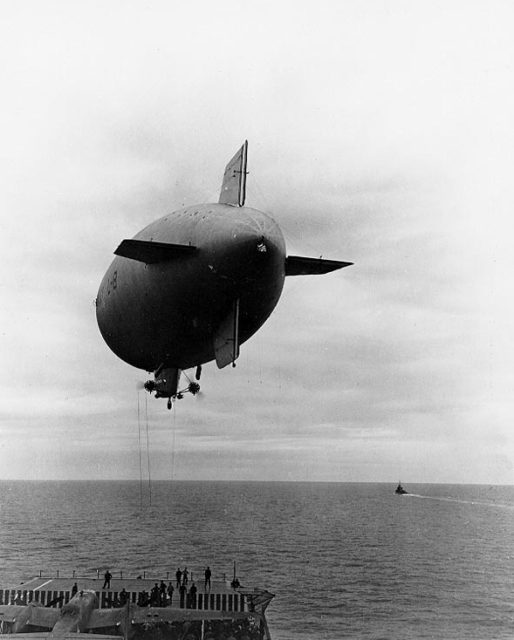
On August 16, 1942, Navy blimp L-8, under the command of pilots Adams and Cody, embarked on its journey from Treasure Island, located near San Francisco. The planned flight originally included a third crew member, machinist’s mate James Riley Hill. However, Cody had earlier removed Hill from the flight due to concerns about exceeding weight limits.
The blimp’s designated route would take it over the Farallon Islands, Point Reyes and Montara before turning back toward the Bay Area. Prior to this mission, L-8 had accumulated a commendable record of 1,092 incident-free flights.
As the blimp neared the Farallon Islands, it radioed a distress signal reporting an oil slick on the water beneath, a potential indicator of submarine activity. Ships in the vicinity observed L-8 circling the oil slick, but approximately an hour later, the command center lost all communication with the blimp.
An accident occurs
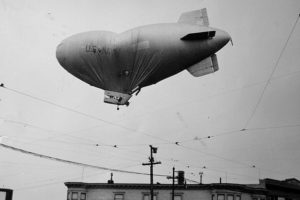
Soon after communication stopped between L-8 and the command center, the blimp dropped ballast and started heading in a different direction than initially intended. About 15 minutes later, it was flying aimlessly toward shore. Two fishermen attempted to stop it, but were unable to do so.
After a valve opened on the inside, L-8 took a V-shape as it continued to fly. Out of control, it became obvious that no one was operating the blimp. It soon scraped against power lines and the roofs of residential houses. and finally came to a stop at Bellevue Avenue, in Daly City, California.
Aftermath of L-8‘s crash
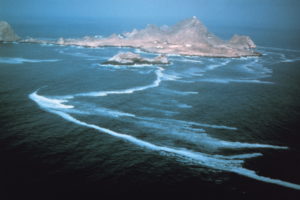
What happened to Adams and Cody was never discovered. An investigation was launched soon after the crash, and researchers found that, if the men had stayed on L-8, they would have easily survived the incident. At some point, however, they left the airship, to a location unknown. None of L-8‘s parachutes had been used, and there was nothing wrong with the radio, meaning a distress message could have been sent. The only things missing were life jackets, which blimp pilots typically wore in flight.
More from us: Northrop F-89 Scorpions Once Carried Nuclear Weapons to Combat Soviet Bombers
The Navy investigated the incident and found the blimp had not been shot at or burned, and that Adams and Cody had done nothing wrong. According to witness accounts, L-8 had dropped two flares over the oil slick, by means of marking its location, then rose higher into the air. The waters off San Francisco were searched for days, but no sign of the pilots was found. The two men were declared legally dead and their bodies have never been recovered.
Following the incident, L-8 was repaired and returned to service. Following the end of World War II, it was given back to Goodyear and used as Goodyear Blimp America until its retirement in 1982.
